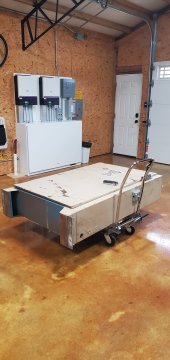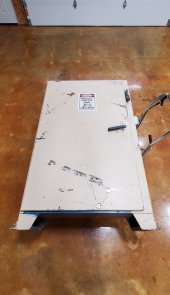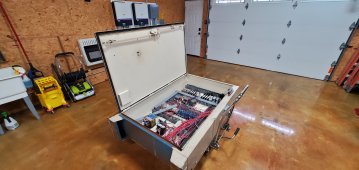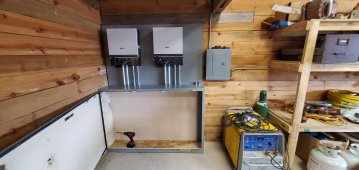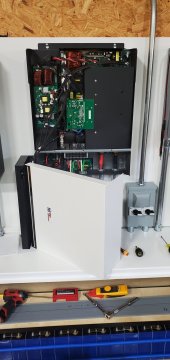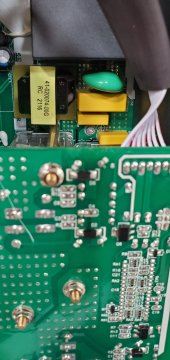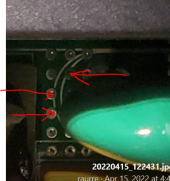True.
Key word here, 'should'...
We've had this discussion lots of times here about over-paneling with various brands/models of AIO's and charge controllers... It really just depends on the brand/model. Victron and SolArk both advertise in documentation that if over-paneling on amps, the controller will limit itself and not over-amp past its safe limit.
When the PV controller is doing an MPPT sweep (to locate maximum power point in watts), it pulls down the voltage (which brings the amps up), by lowering resistance in the circuit, if it pulls it all the way down to 0 ohms (short-circuit), during this sweeping, it could potentially draw high enough current to damage itself.
You'd think they would design it to simply not draw more than it is rated for. I would hope this, and like to see every manufacturer operate with this standard. However, it is not confirmed that every brand/model has this type of protection as a default safeguard.
Here was the official note which came from an agent at SanTan Solar, who had been in communication with an MPP Solar Support rep:
"
Ok, definitive answer from Andy Y. with MPP Solar Support Team:
"Please don't worry. PV input current 22A is ok and it will not cause the unit damage. We suggest that please keep the max PV input current within 25A. Thank you."
"
Refs below:
I'd have to go to four to NOT rewire ... with three I'd need to rewire: two used for single phase 120V, the third for 240V appliances (I think - I haven't done the load calcs), which means I'd have to basically pull apart my main panel and separate the two systems. Trying not to spend an extra...

diysolarforum.com
Hey all, I have one MPP LV6548, currently with a string of 4x450w (50.5 Voc) panels in series. It is a very sunny day here, no cloud cover, but I am barely getting any input power. At the moment I am getting 184.6 V, but only 23 W of PV power and current is only sitting at 0.1 A. I have...

diysolarforum.com
I'm just recommending to be safe and make sure. I can only go off of what the manufacturer Support team is recommending here. I personally don't know if going over 25a Imp in the circuit will hurt it in the real world, but if MPP Solar Support team is saying to keep it under 25a, that is a strong sign to me that maybe I should.
Fortunately, we can test the circuit to see what is the most amps it can draw at 0 ohms using an amp clamp, and if we go over on the test, then perhaps Raurre can ping MPP Solar Support for himself and see if possible to get their blessing that it is acceptable to do (that they will still hold warranty on them)...




